

Figurative sculptures
BUY a figurative sculpture by Carré d'artistes
Are you considering adding a figurative art sculpture to your collection?
Unlike abstract styles that focus on color and shape, figurative artwork captures life in its recognizable form, blending realism with artistic creativity.
This timeless art form combines sophistication and personality, making it an excellent choice for transforming your space. Whether you’re seeking a bold centerpiece or a subtle accent, figurative sculptures bring elegance and depth to any decor.
At Carré d’artistes, explore a stunning collection of modern figurative sculptures crafted by contemporary sculpture artists to suit any aesthetic.
Read more
WHAT IS FIGURATIVE SCULPTURE?
Figurative sculpture is a form of representational art that focuses on depicting subjects in a realistic or semi-realistic manner. These works often center around sculptures of figures, such as the human body, animals, or everyday objects, emphasizing details like anatomy, proportions, and movement to convey character and emotion.
Key characteristics of figurative art sculptures include:
- A strong emphasis on the human form, either as full figures or partial representations like busts.
- Attention to fine details, including textures and lifelike elements, which bring the pieces to life..
- The use of traditional materials like stone, bronze, and wood, as well as contemporary options like metal and resin.
HISTORY OF FIGURATIVE SCULPTURE
Figurative works have a history dating back to prehistoric times, such as the Venus of Willendorf, which symbolized fertility and life.
Over centuries, the art evolved, gaining prominence in ancient Egypt, Greece, and Rome, where figurative sculptures portrayed gods, heroes, and everyday individuals with idealized beauty and precision.
The Renaissance brought a revival of figurative art, with artists like Michelangelo and Donatello achieving new heights of realism and balance in their sculptures. This era established the human form as a central theme in modern art, influencing generations of artists.
The 19th and early 20th centuries saw movements like Romanticism and Realism explore figurative themes, while the rise of abstract figure sculpture in Modernism shifted attention toward less literal forms of representation.
Despite these changes, figurative sculpture adapted and thrived, combining traditional techniques with modern innovations to remain a popular art form.
FAMOUS FIGURATIVE SCULPTORS
Throughout history, several renowned sculptors have left an indelible mark on figurative art.
Michelangelo, a master of the Renaissance, created iconic figurative works such as David and The Pietà, known for their idealized beauty and emotional depth.
In the 19th century, Auguste Rodin revolutionized modern figurative sculpture, introducing expressive realism and raw emotion. Works like The Thinker moved away from classical ideals to focus on the imperfections and humanity of his subjects.
Henry Moore blended abstraction and realism in his semi-abstract figures, often inspired by nature. His reclining forms balance simplicity and strength, becoming hallmarks of modern art.
A key figure in modern figurative sculpture, Alberto Giacometti, is celebrated for his elongated, skeletal forms. His works explore themes of isolation, identity, and perception, making him one of the most influential contemporary artists of the 20th century.
Incorporating figurative art in your home decor
Adding figurative sculptures to your home creates an atmosphere of elegance and individuality. Large-scale sculptures can serve as dramatic focal points in living rooms or entryways, while smaller pieces add charm to private spaces like b or home offices.
Modern figurative sculptures crafted from materials like bronze or marble provide striking contrasts in minimalist interiors. Proper accent lighting enhances their textures and shapes, ensuring they stand out as true centerpieces. Outdoor areas like gardens or patios also benefit from figurative art sculptures, adding a touch of creativity and serenity to natural surroundings.
Explore figurative sculptures for sale at Carré d’artistes, where contemporary artists blend tradition and innovation to craft unique, timeless pieces. Transform your home with the beauty and depth of this enduring art form.
Sculptures By SIZE


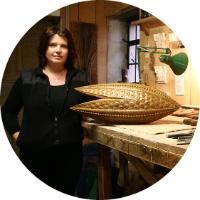
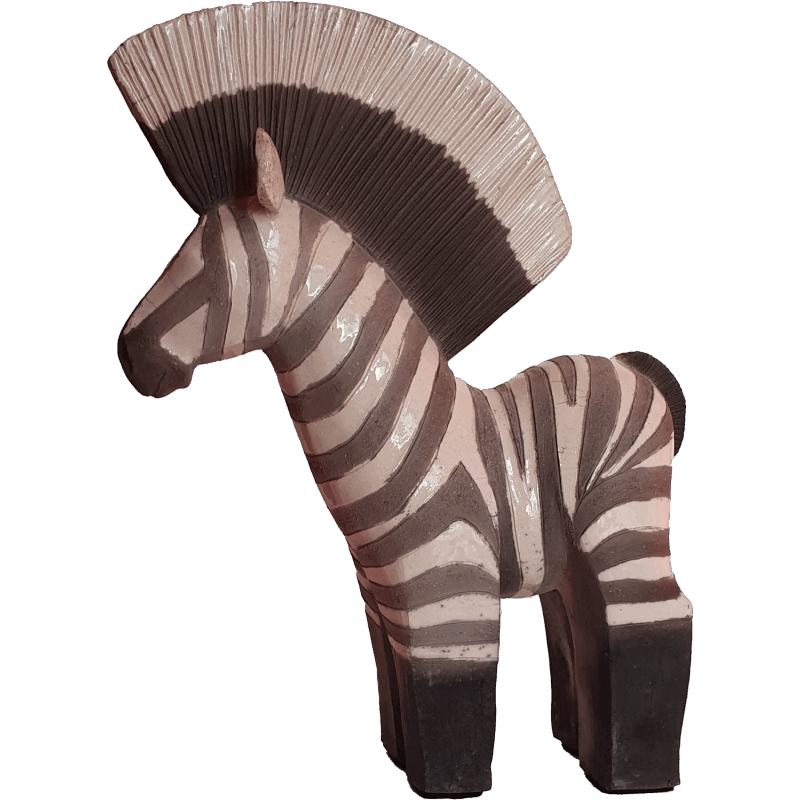
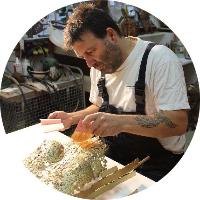
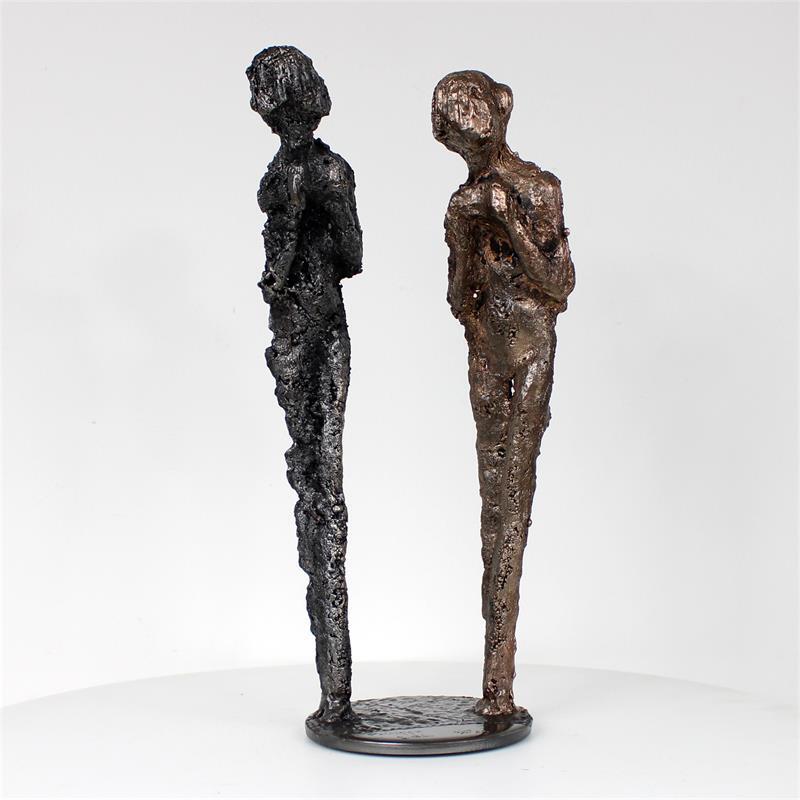
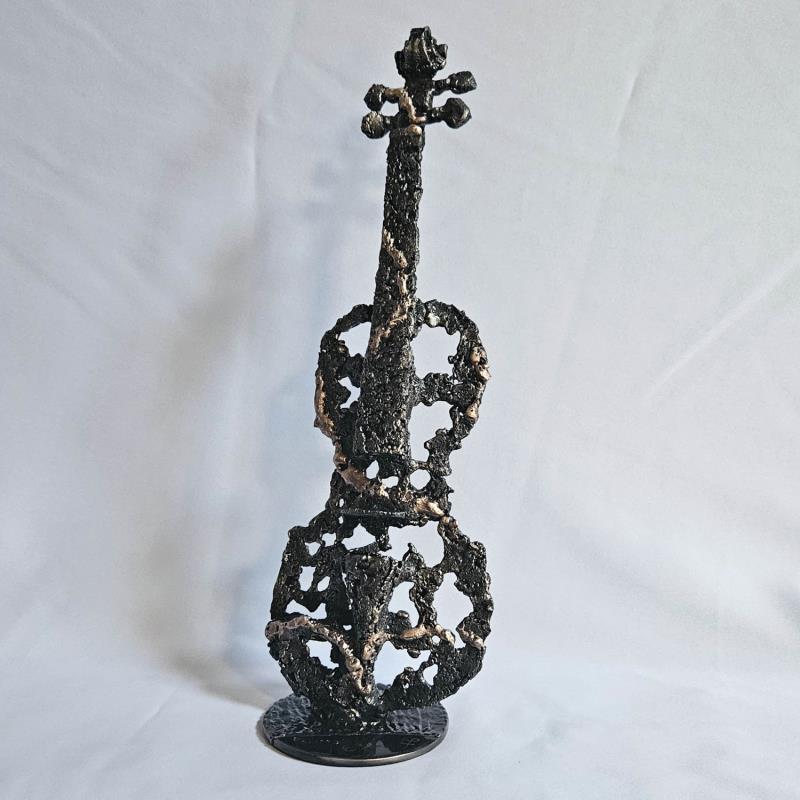

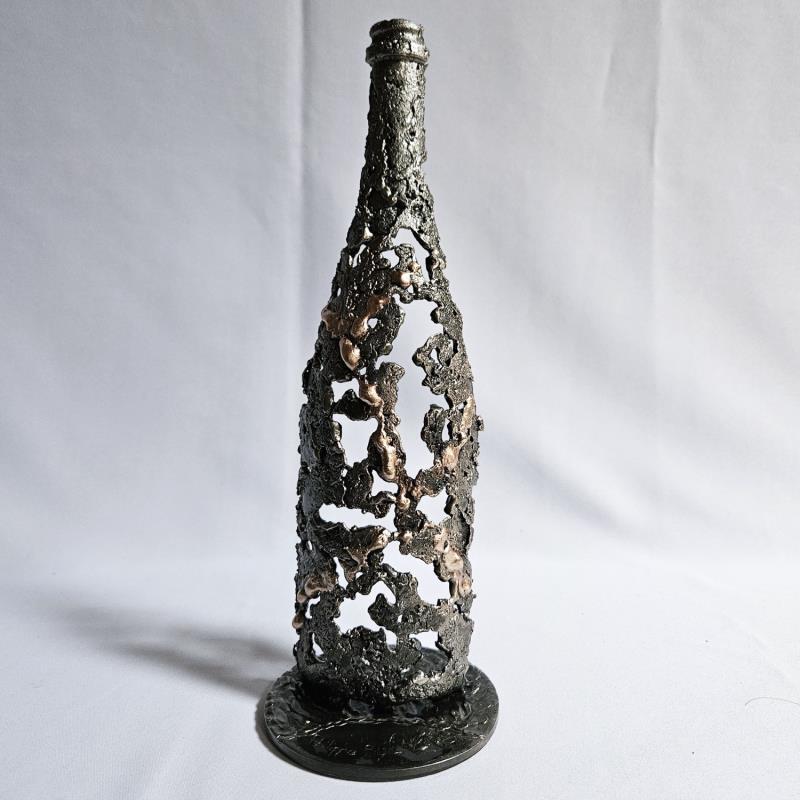
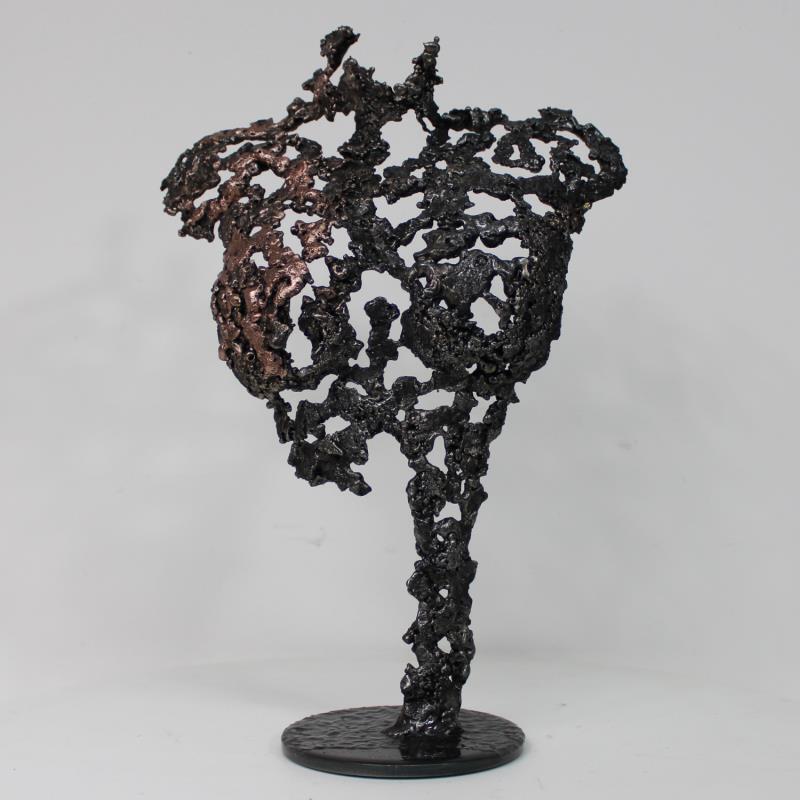
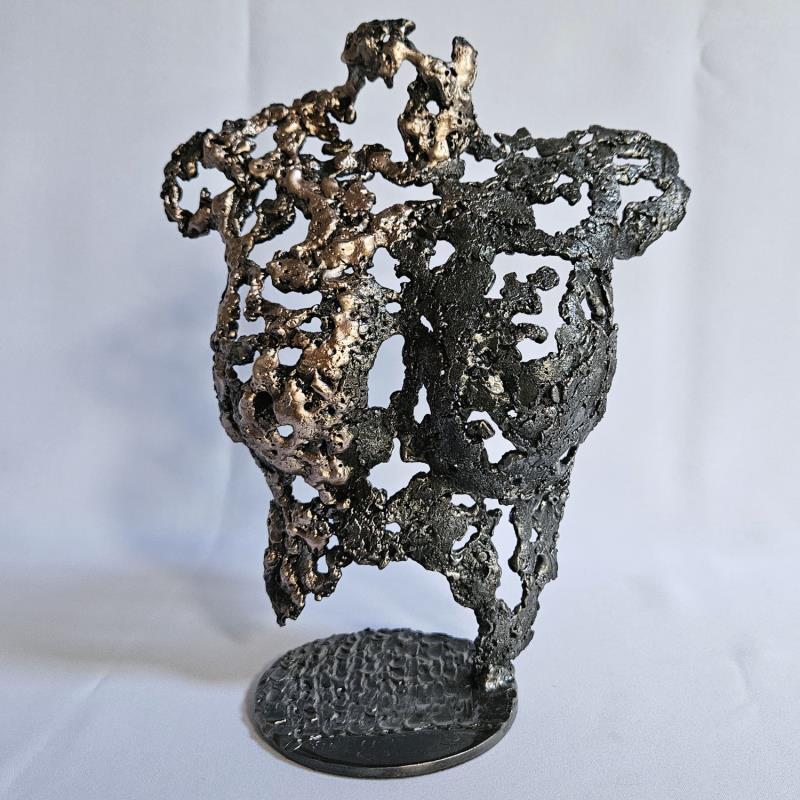
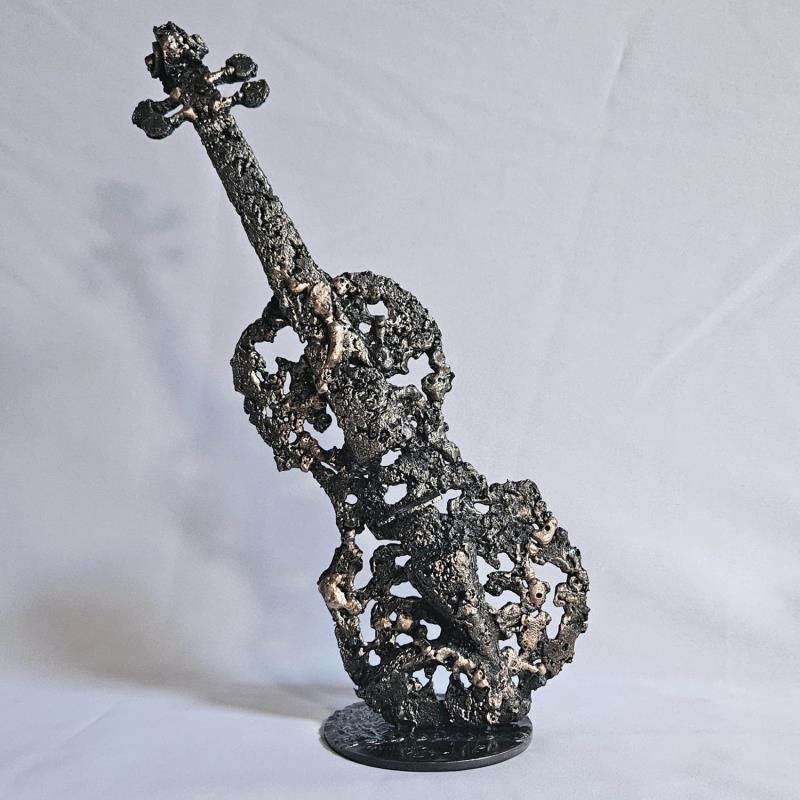
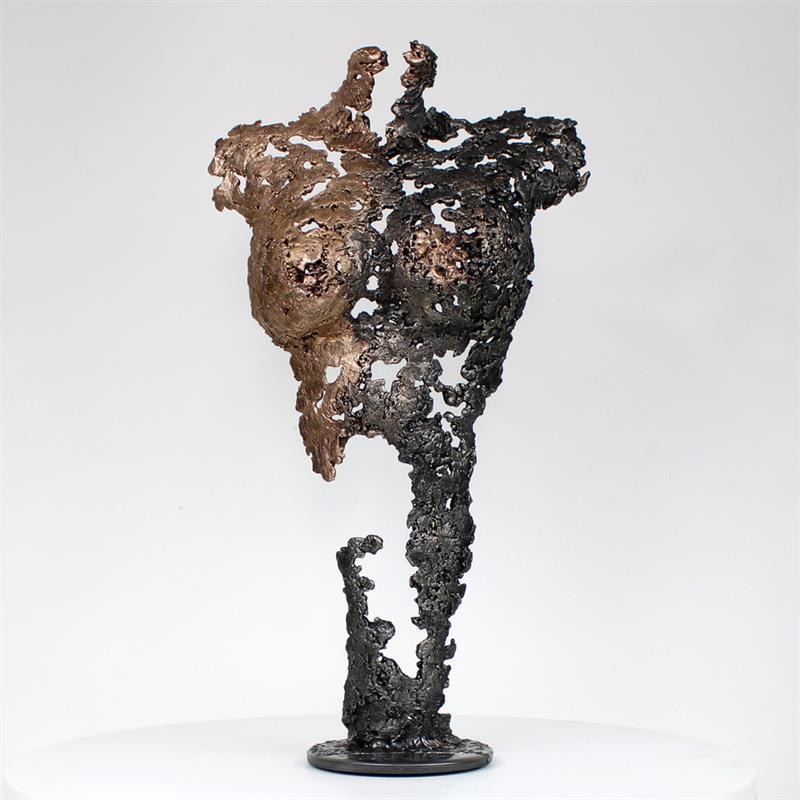
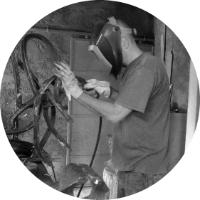
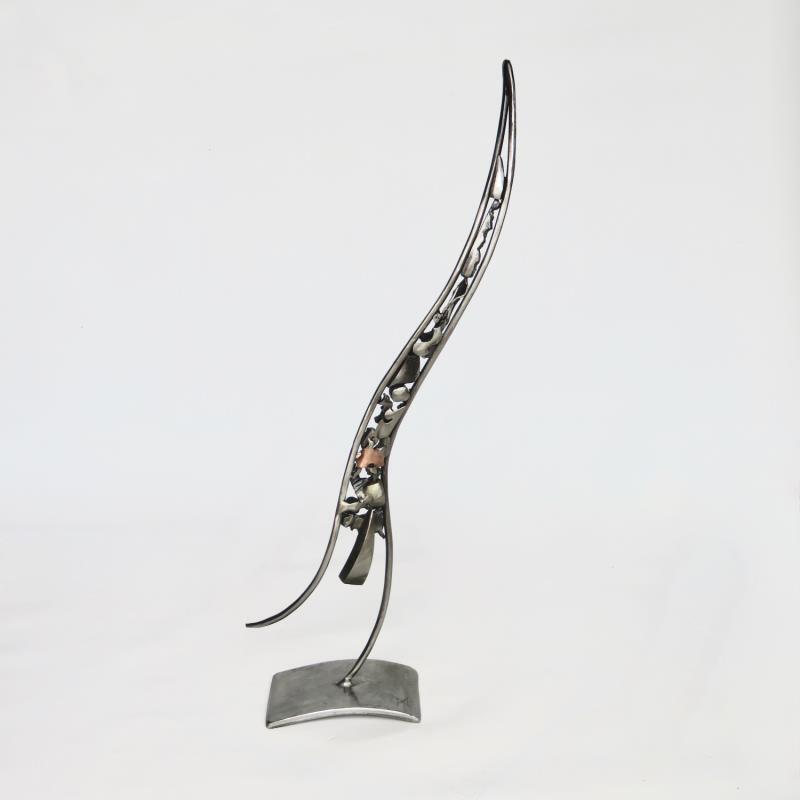



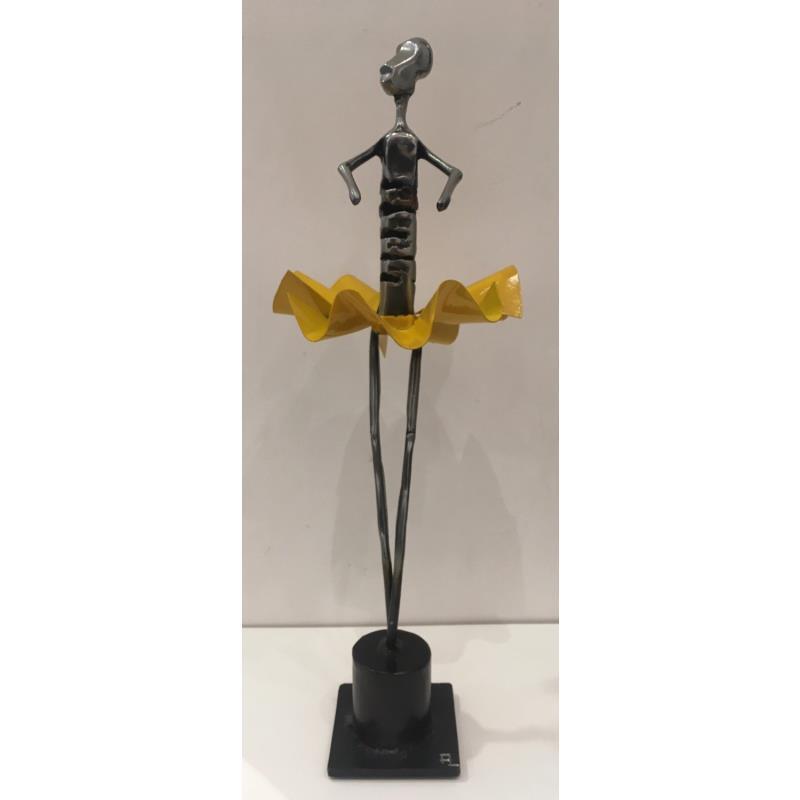
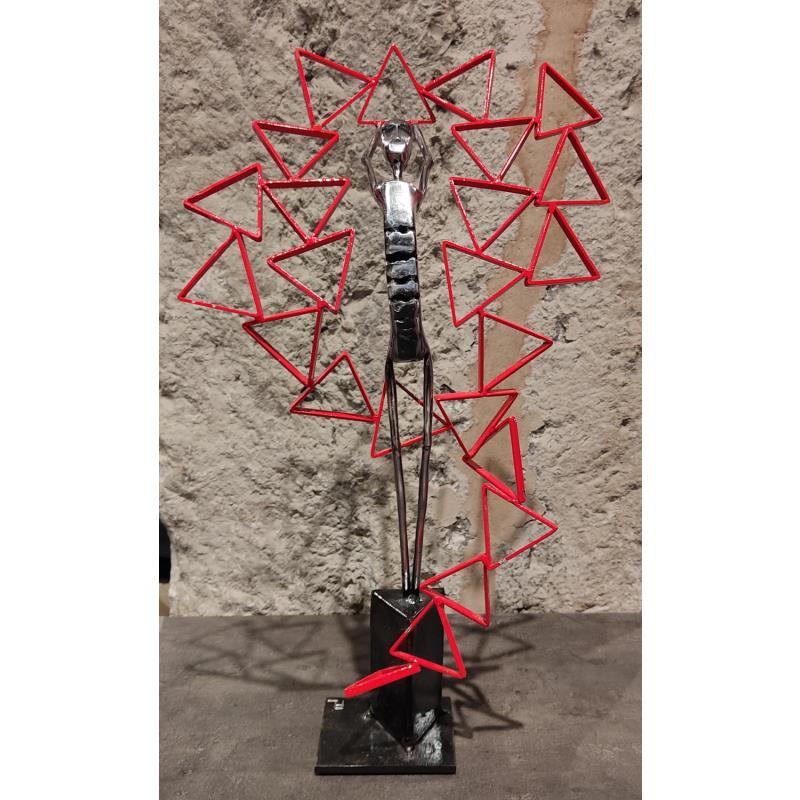



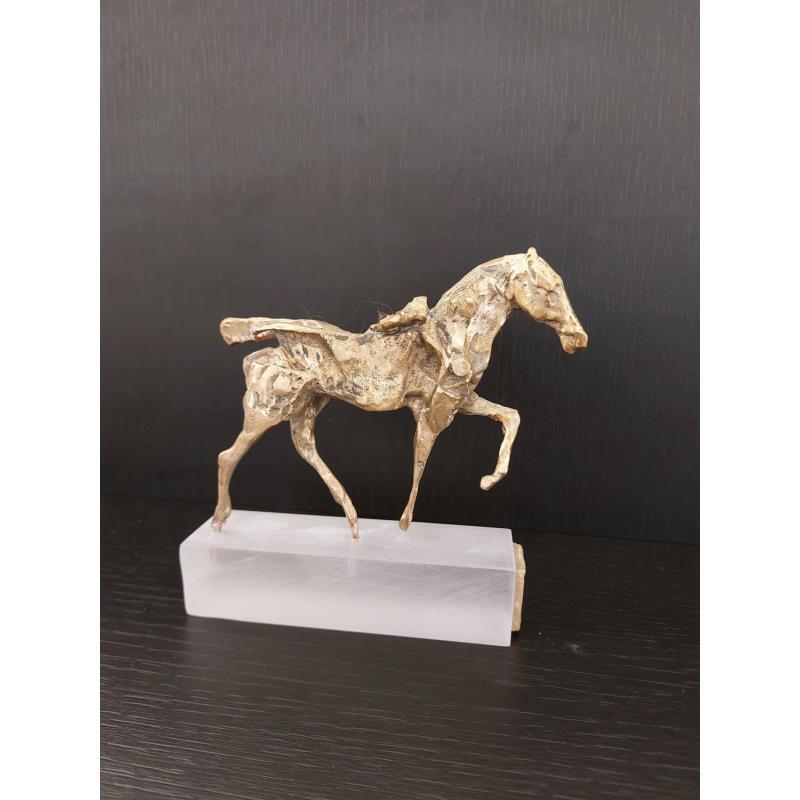

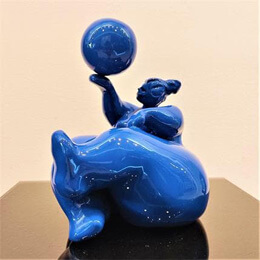
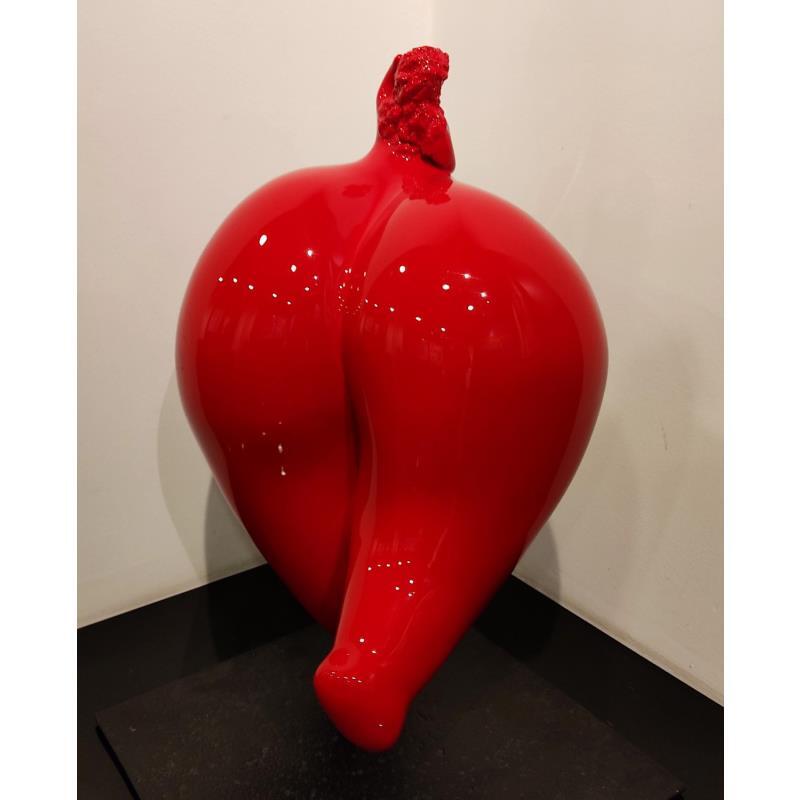
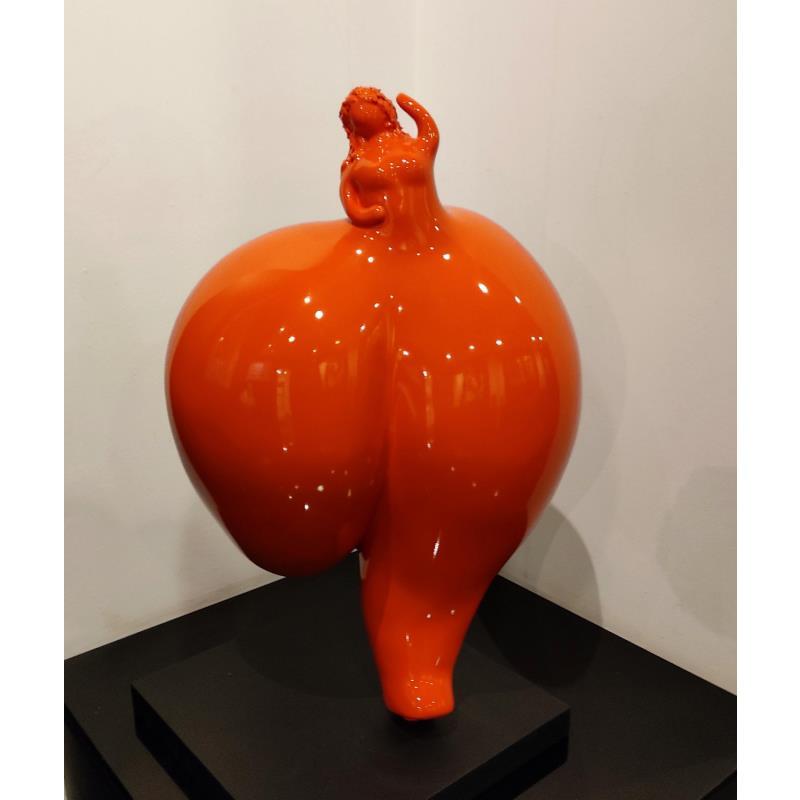
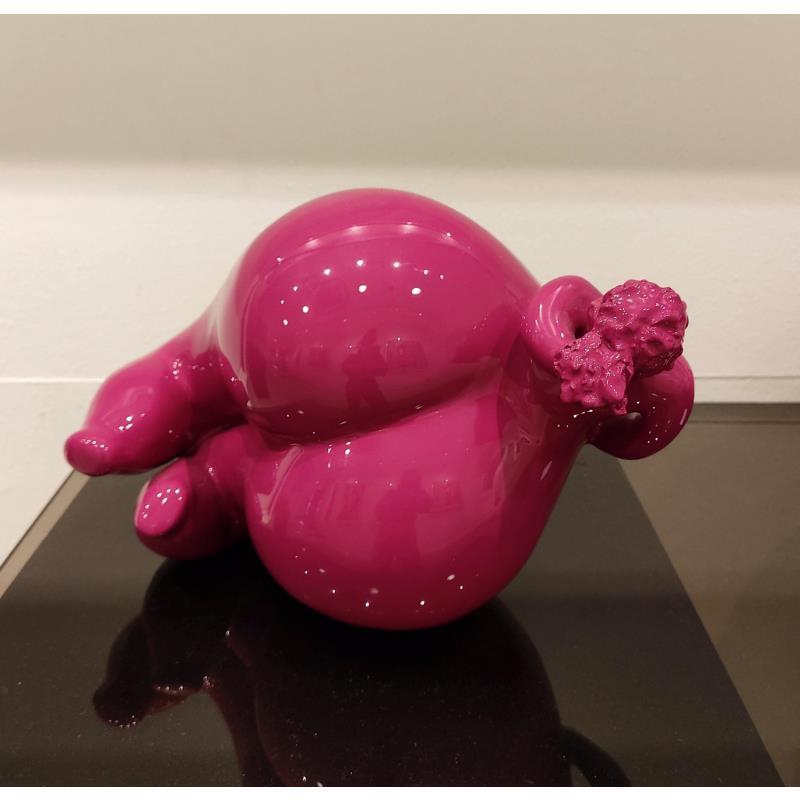
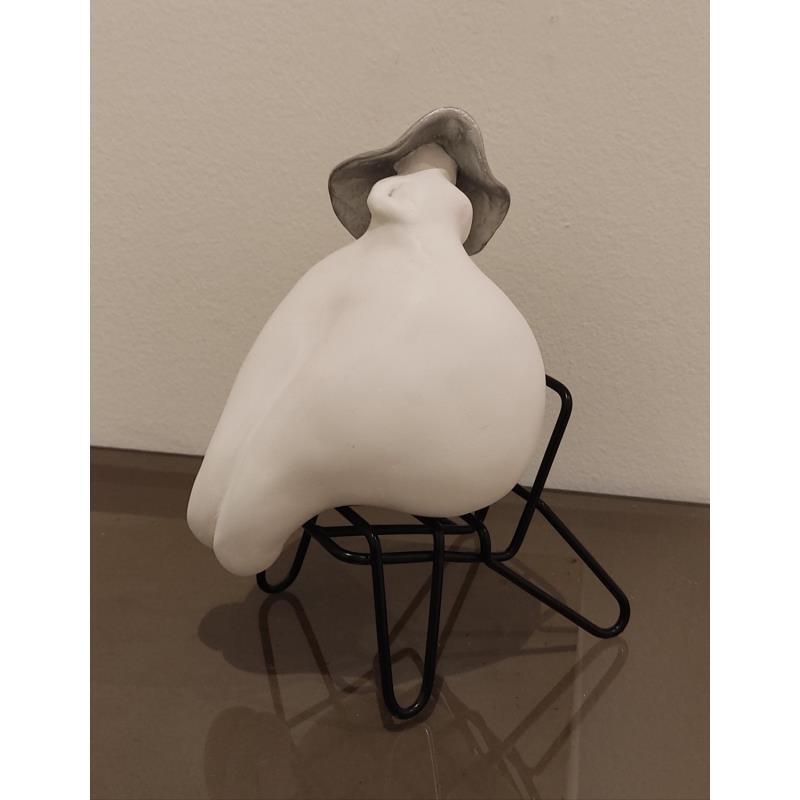



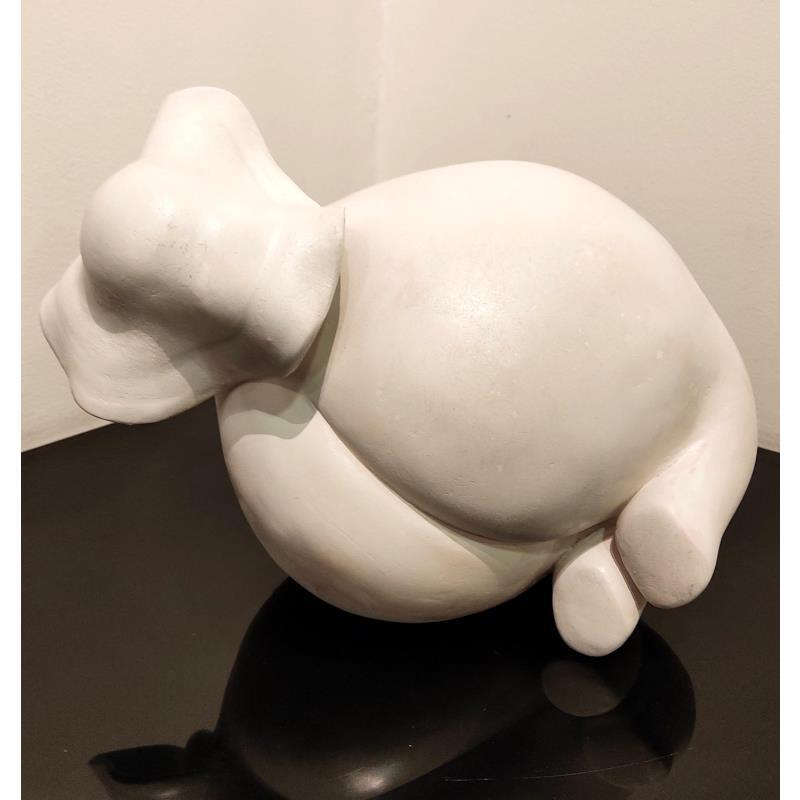
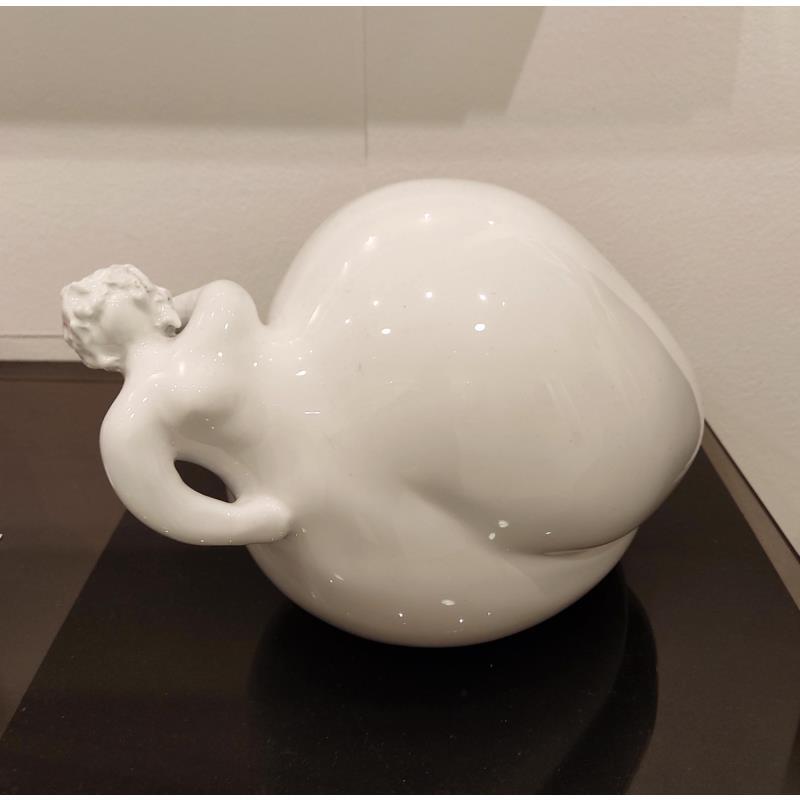
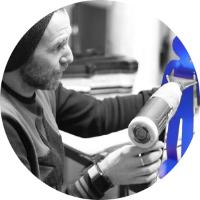
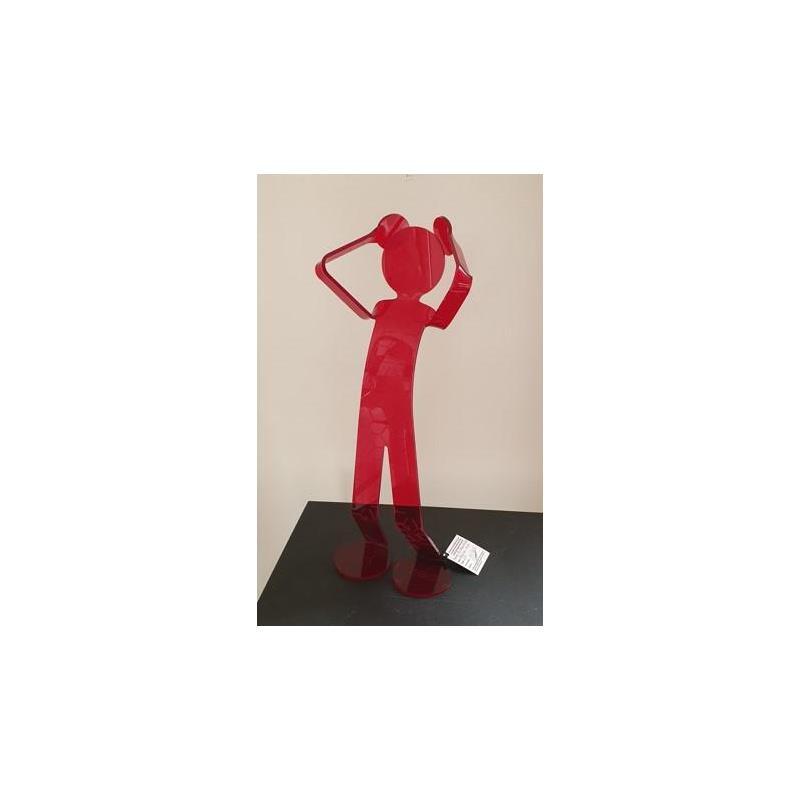
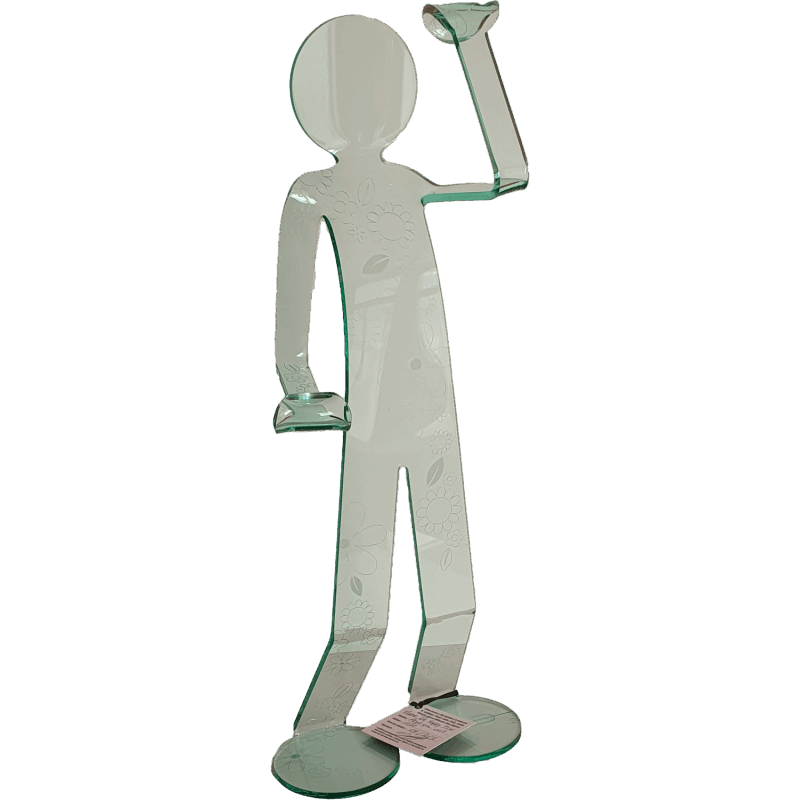
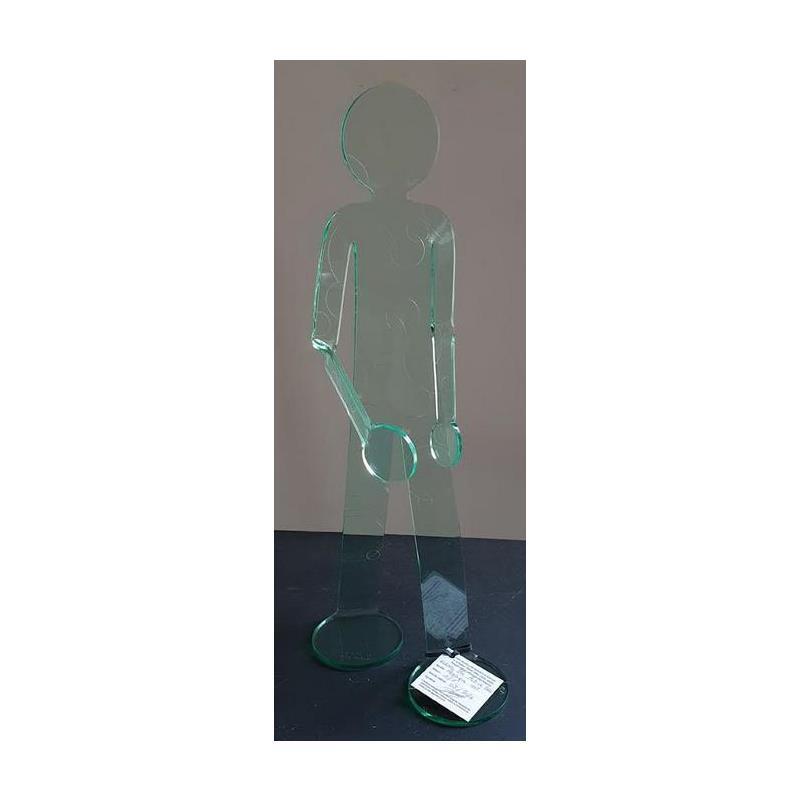
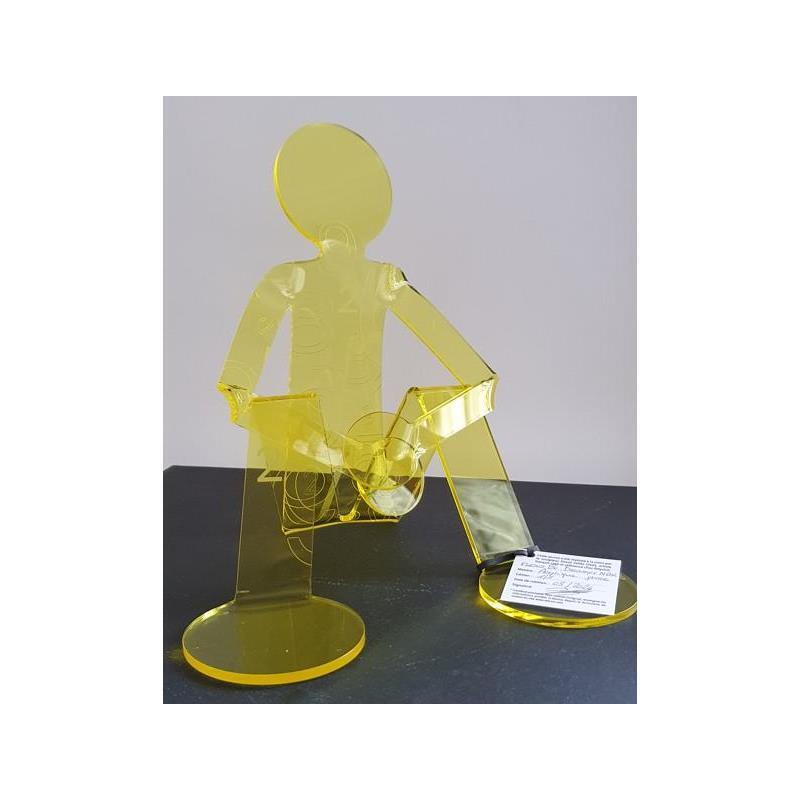
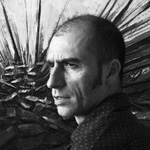

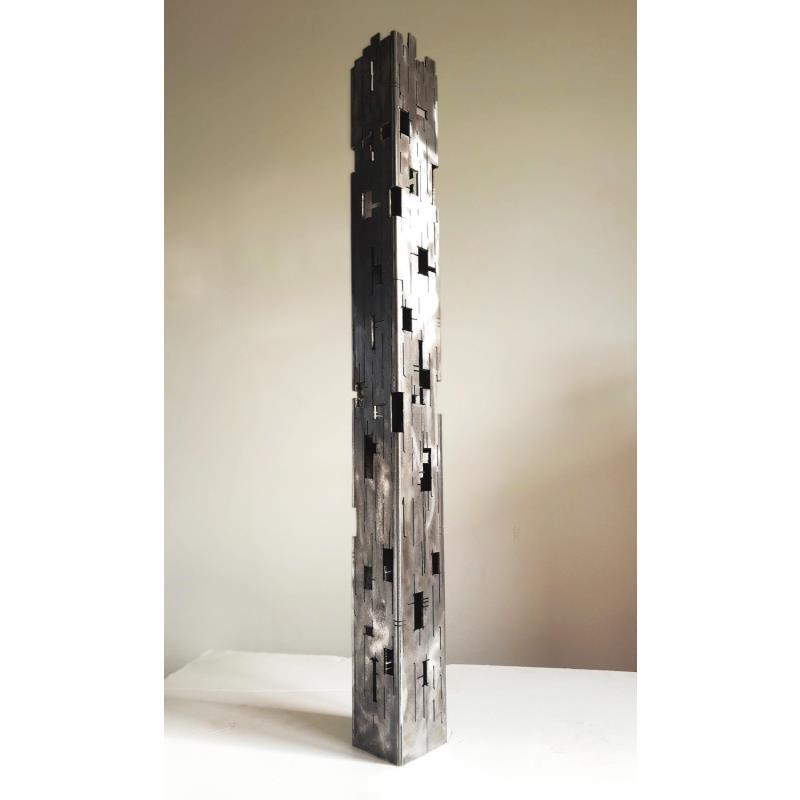
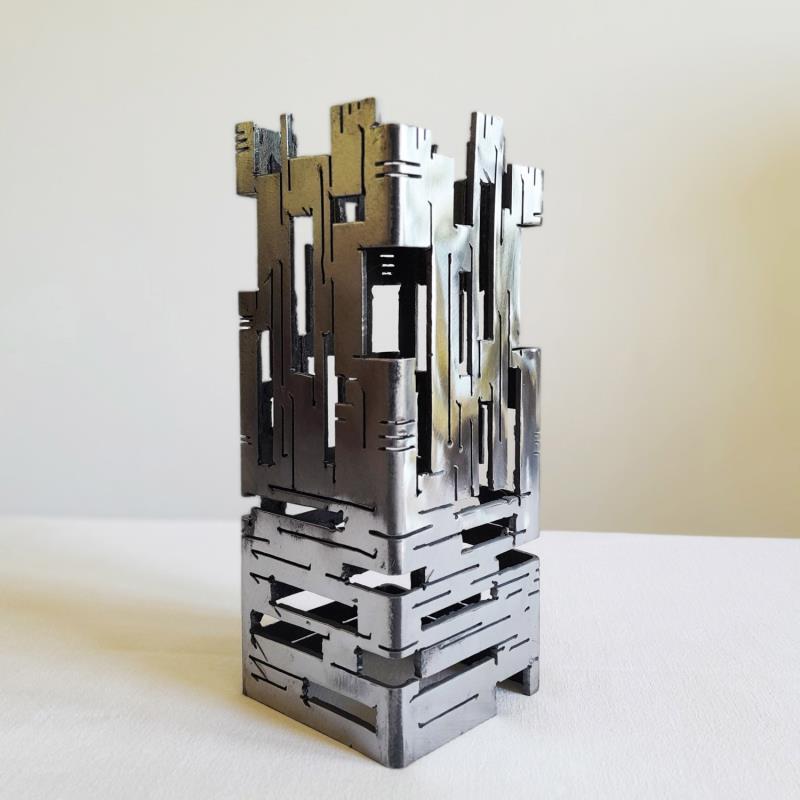
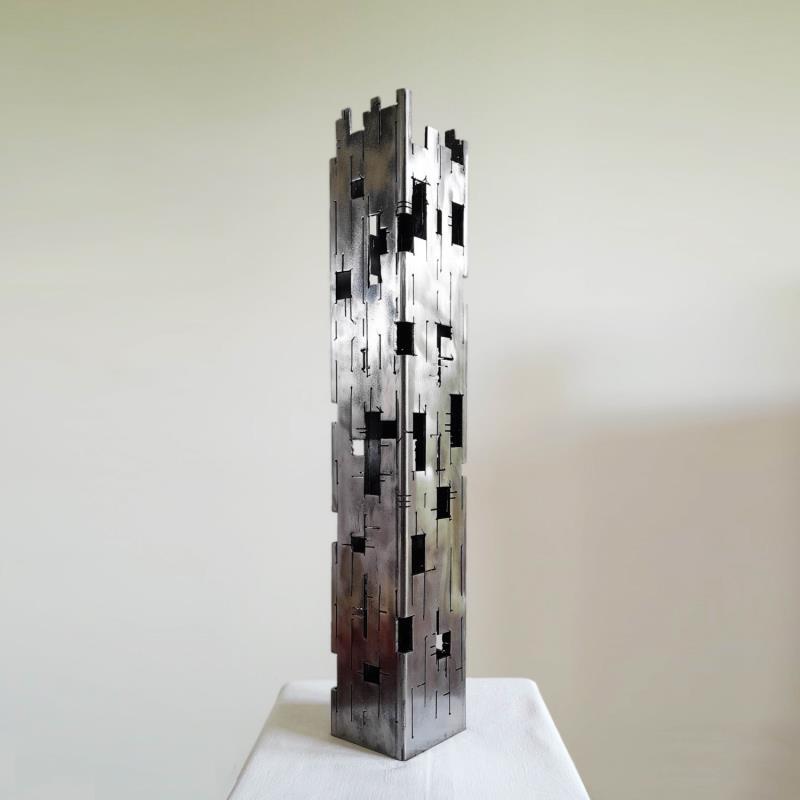
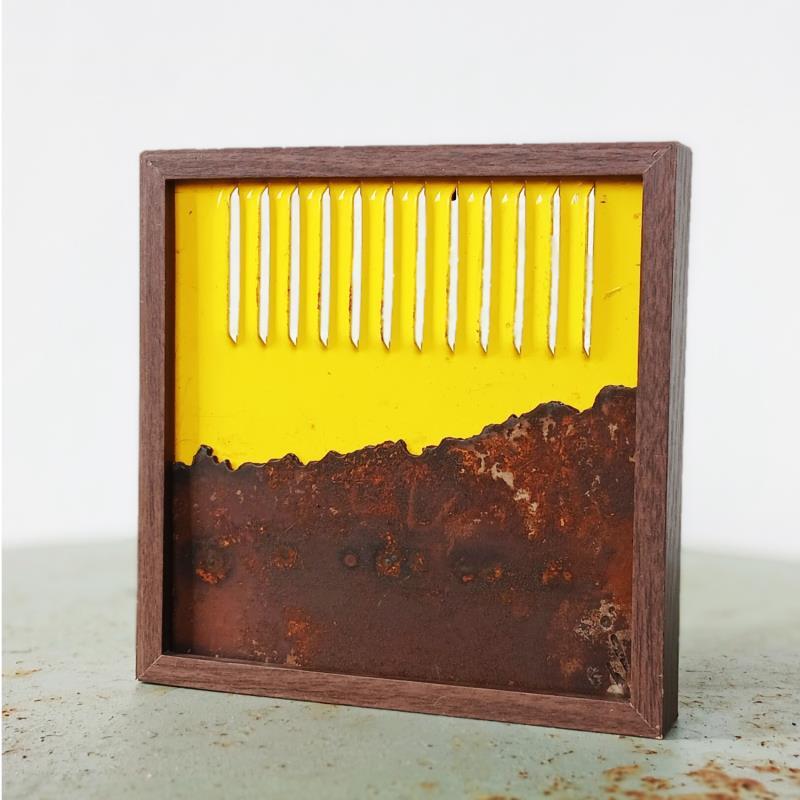


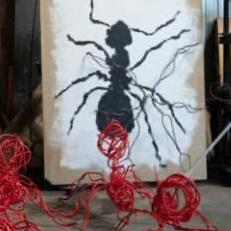
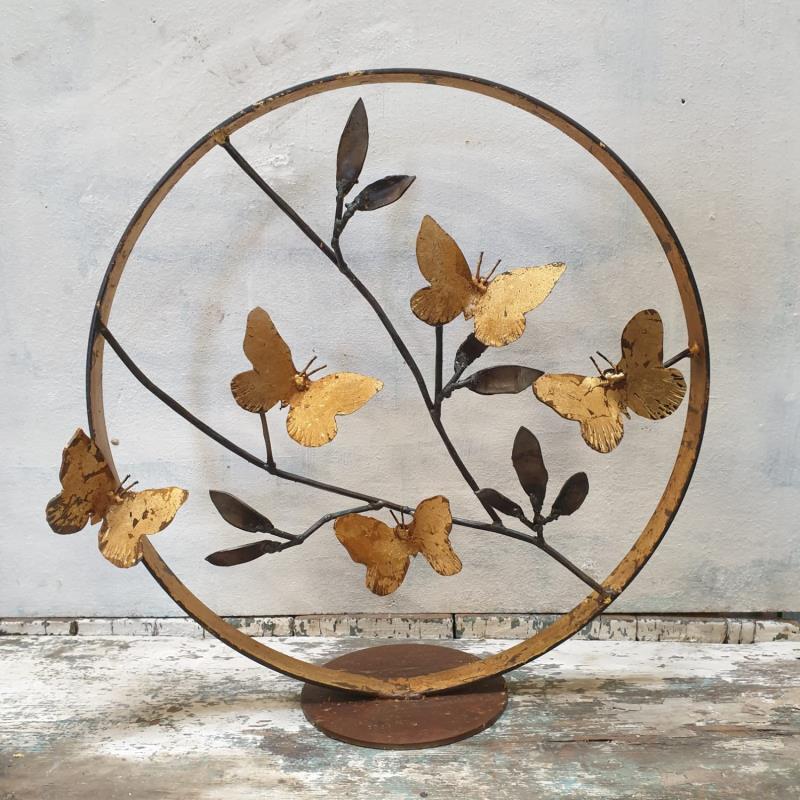


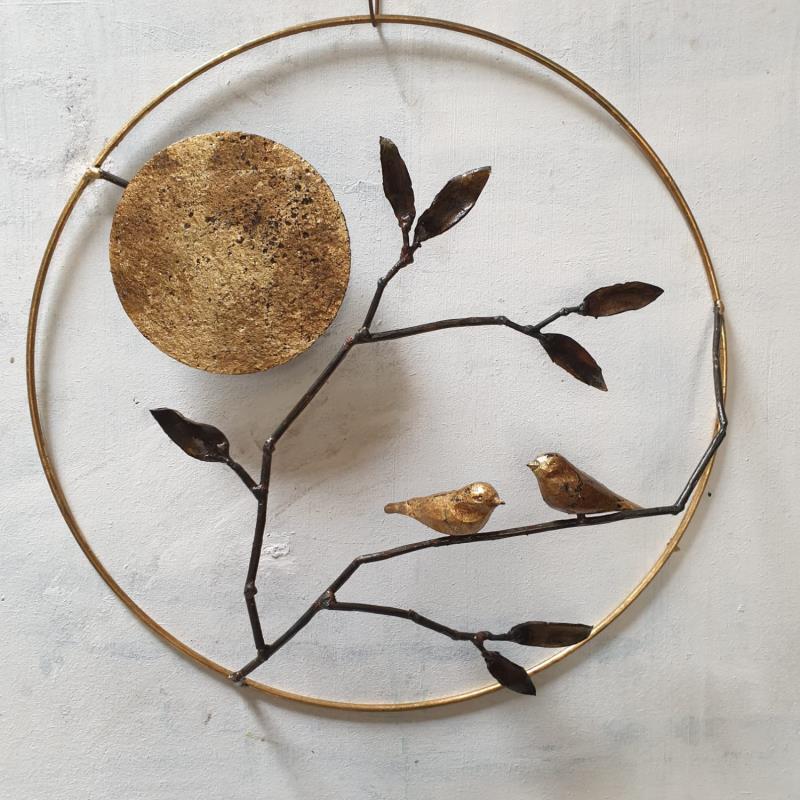
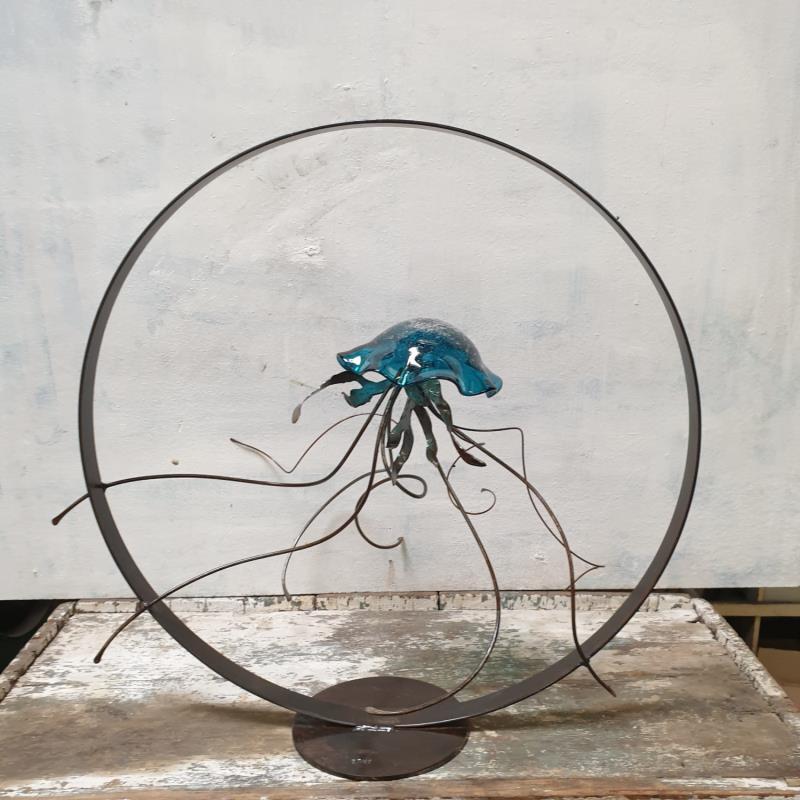
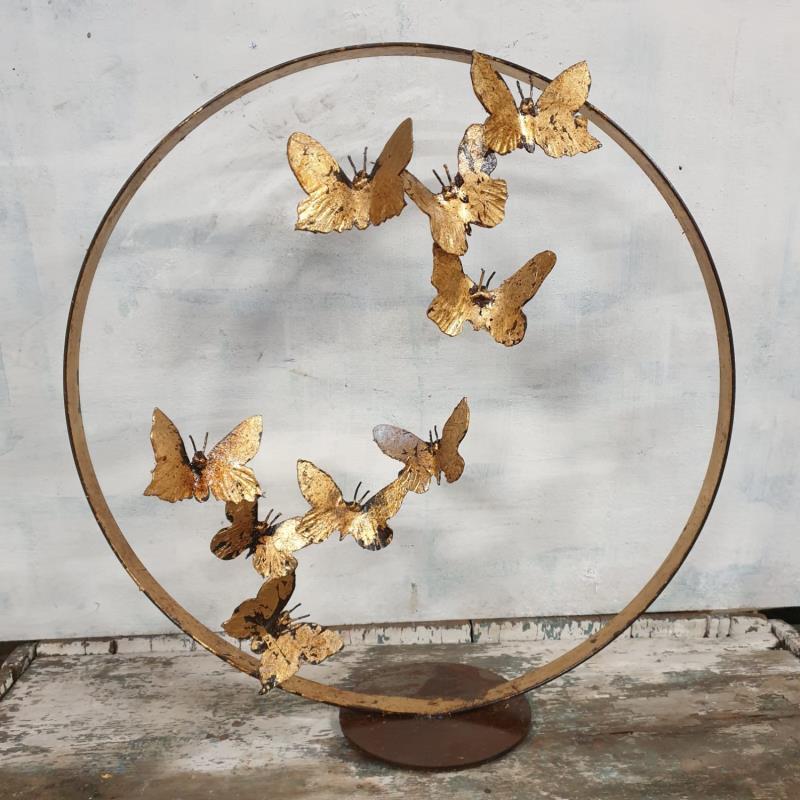


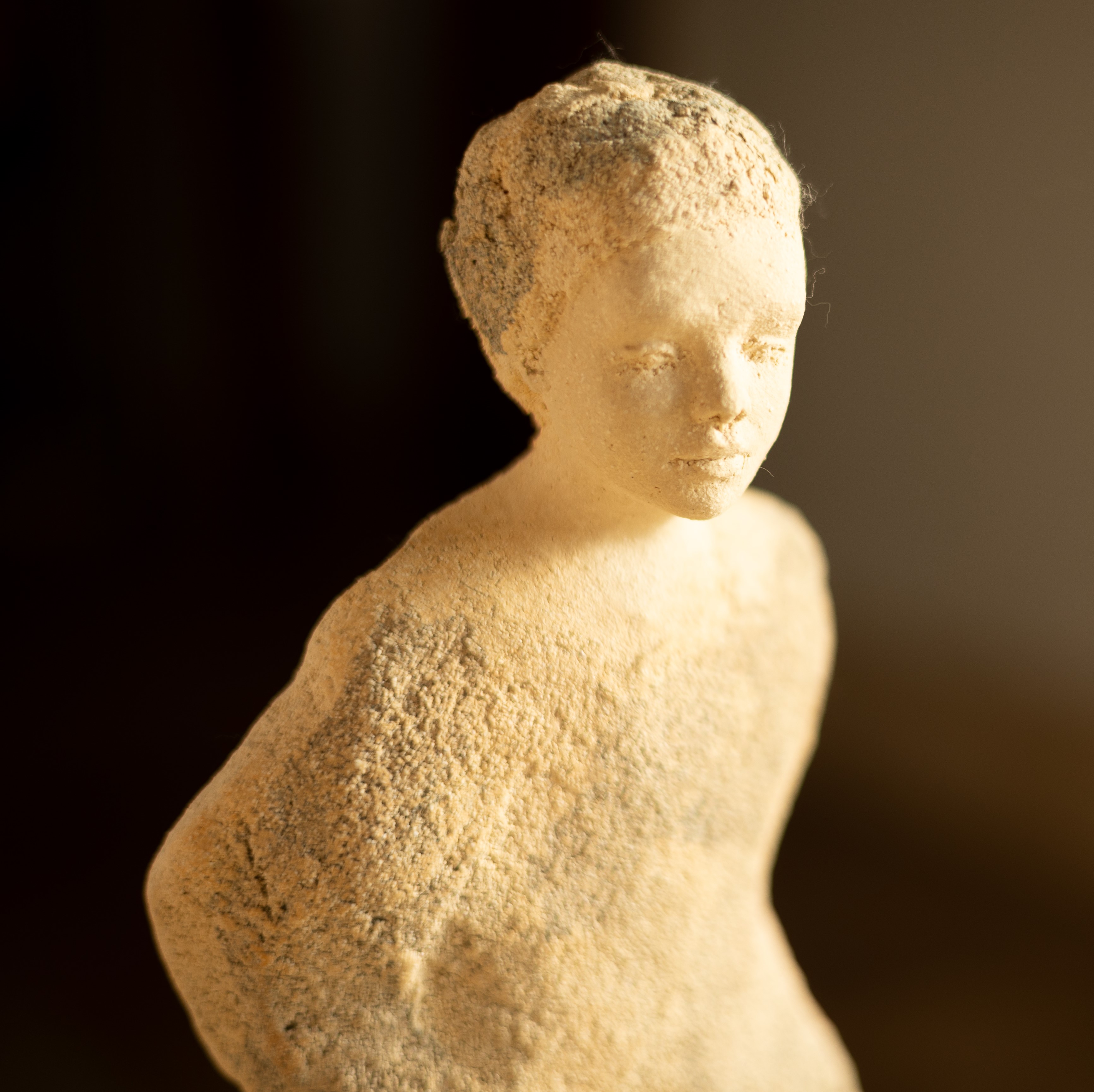
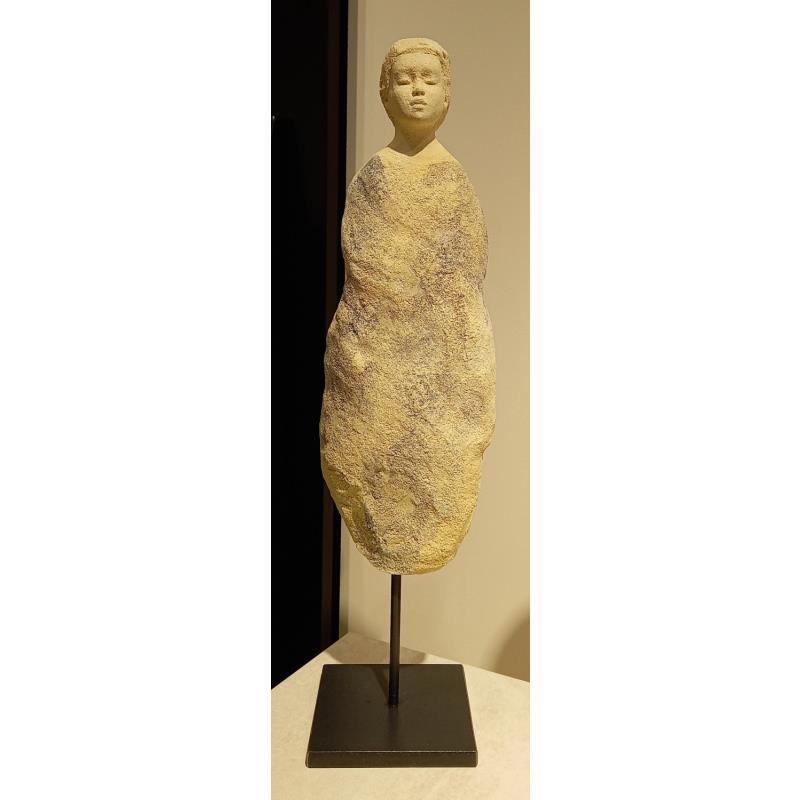










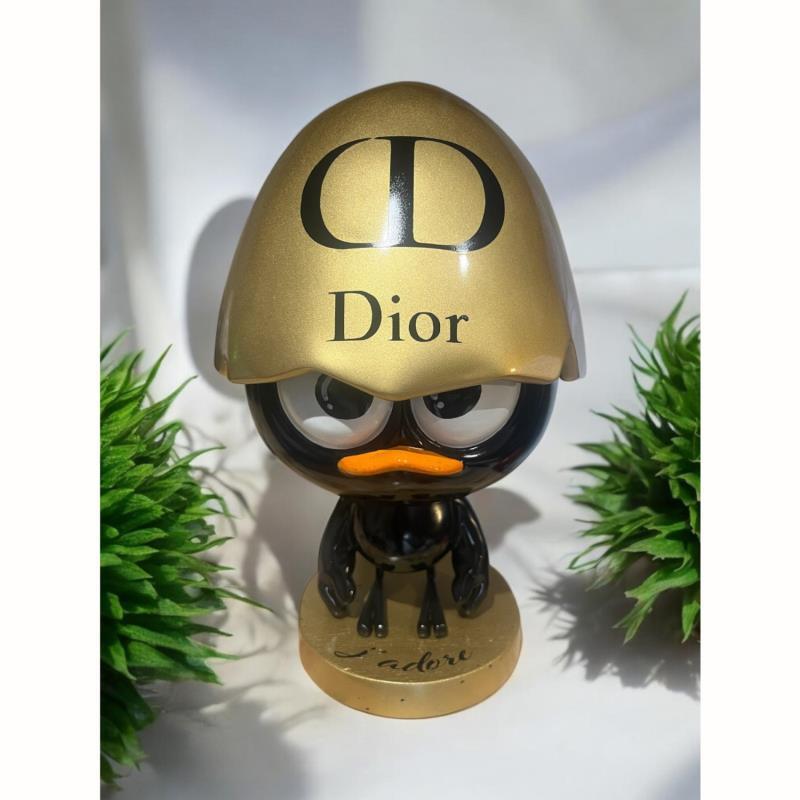

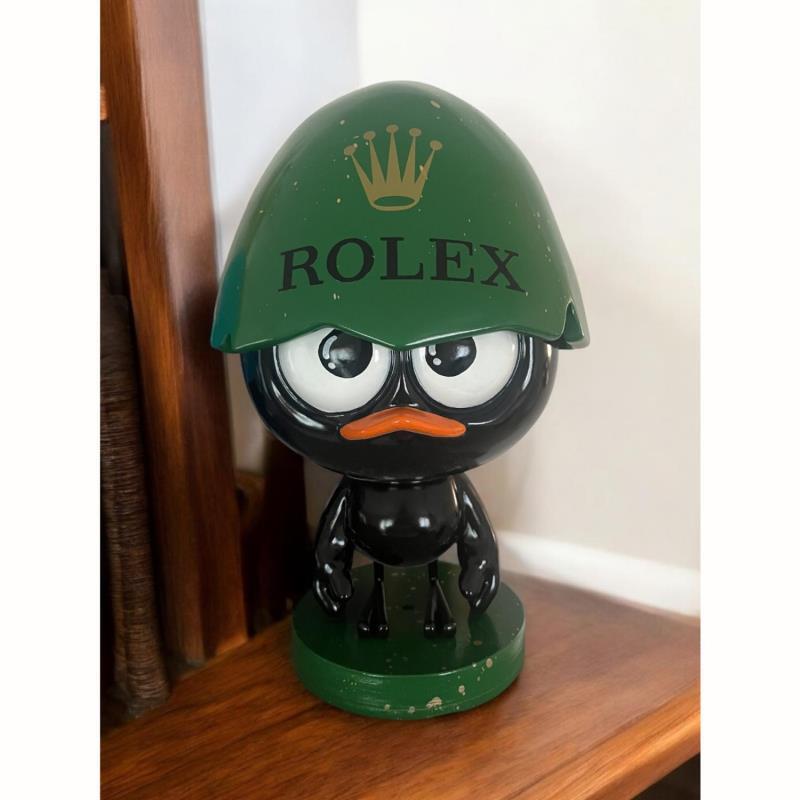



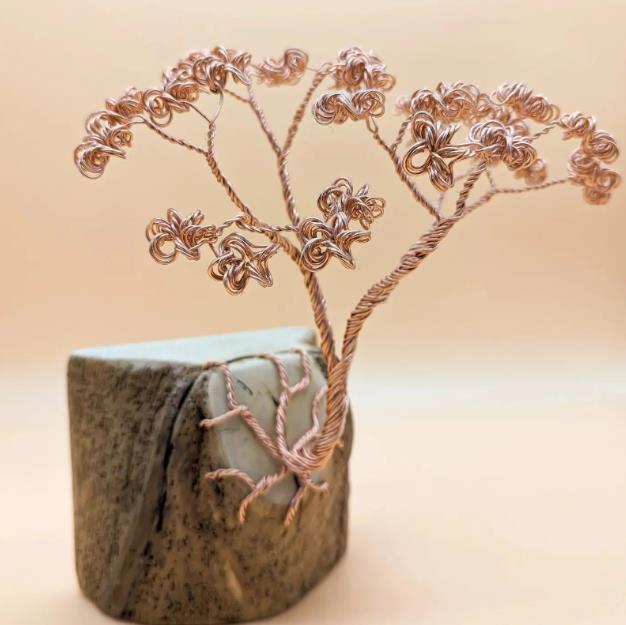
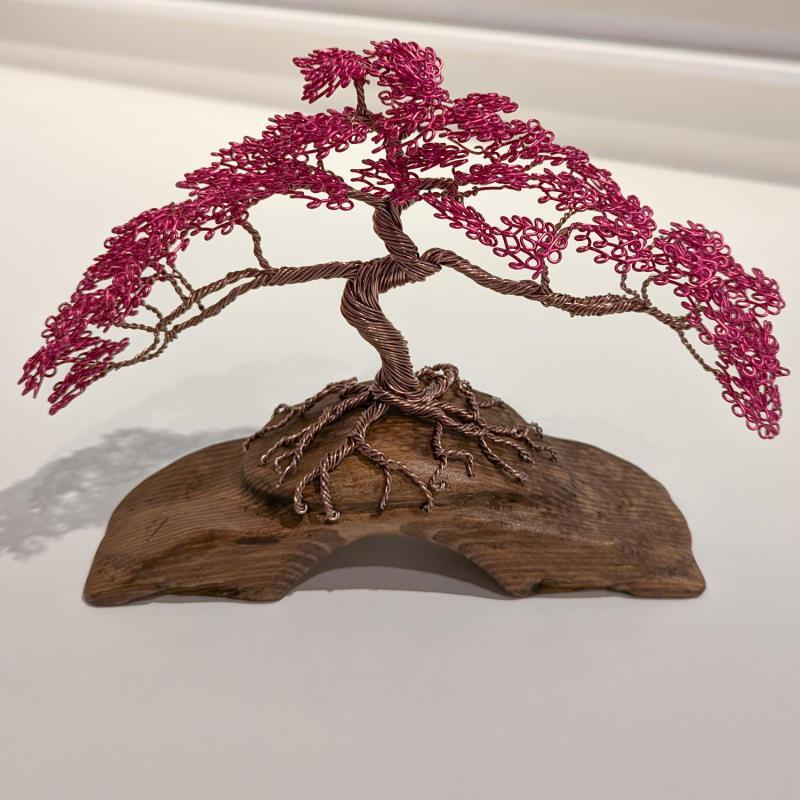

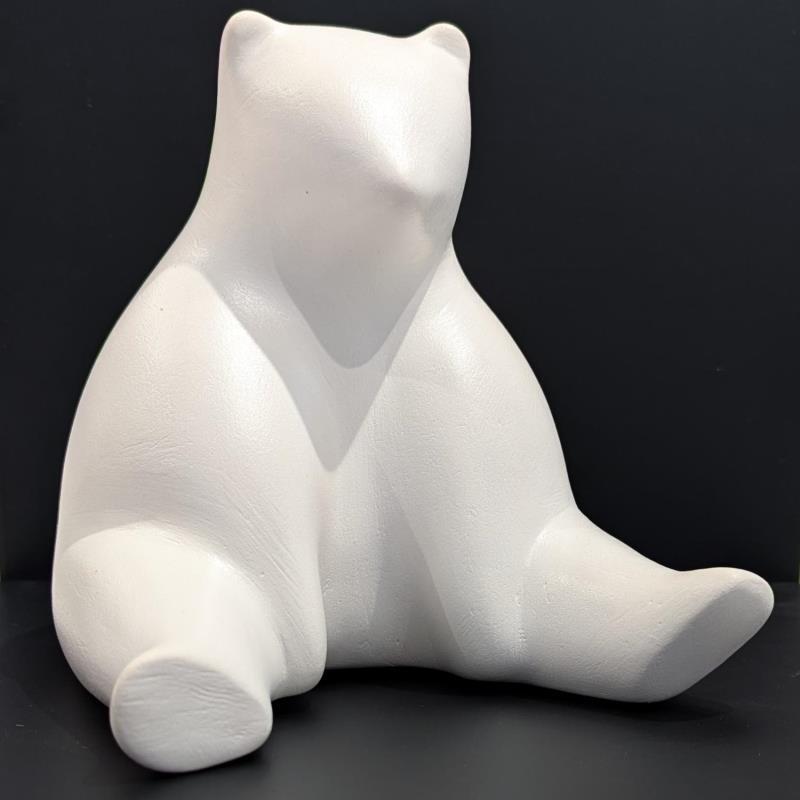
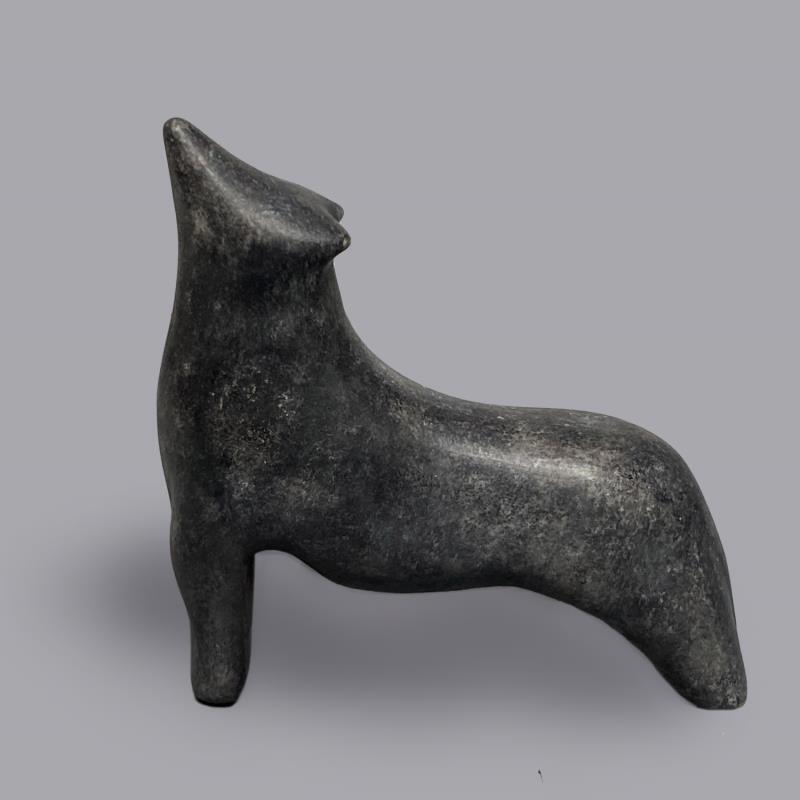

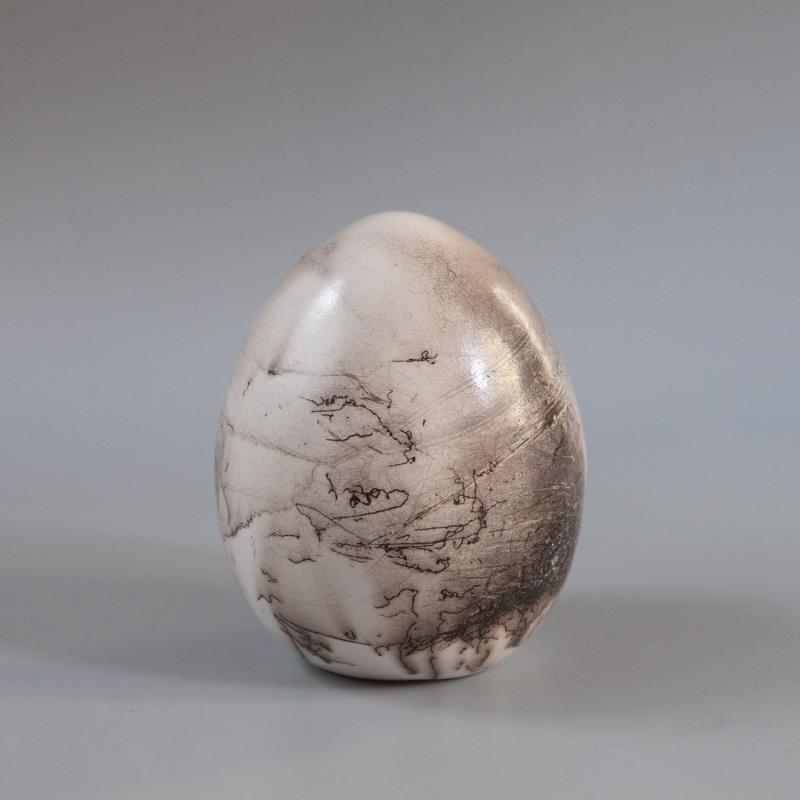

2.jpg)




